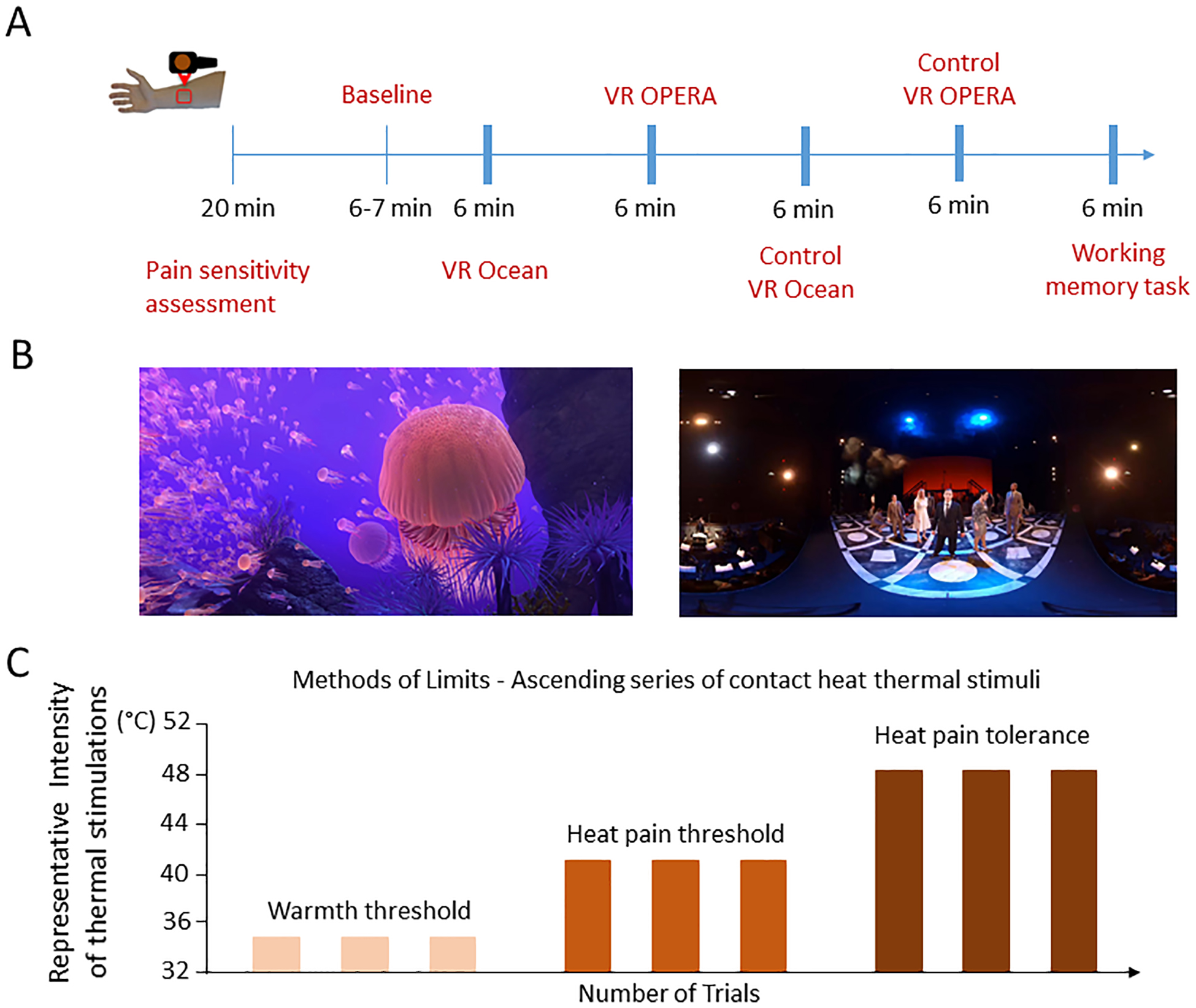Figure 1. Experimental paradigm and conditions.

(a). Participants went through five conditions including VR Ocean, VR Opera, Control VR Ocean, Control VR Opera, and 2-Back Working Memory Task. First, participants underwent the pain sensitivity assessment followed by a Baseline familiarization phase before starting the VR/control interventions. The 6-min immersive VR and the control conditions were therefore delivered to assess changes in heat warmth, pain threshold and heat-pain tolerance limits. The condition to which the participants were first exposed was counterbalanced, and the order of conditions following was randomized after generating five sequences to control for time effects. Participants were able to stop the heat stimulation using a controller. Participants stopped the self-delivered heat stimulations and levels of degrees Celsius intensities and duration of the stimulations were recorded. At the end of the VR and control interventions, participants rated the overall perceived pain intensity, unpleasantness, mood, situational anxiety and level of enjoyment. Autonomic measurements were collected continuously. (b) Representative screen shot of VR Ocean condition (left) and screen shot of VR Opera condition (right). (c) We first assessed pain sensitivity. Afterwards a baseline familiarization phase was conducted followed by the assessment of warm detection, heat-pain threshold and heat-pain tolerance limit, respectively. Three series of stimuli were delivered for each modality under each VR and control conditions.
